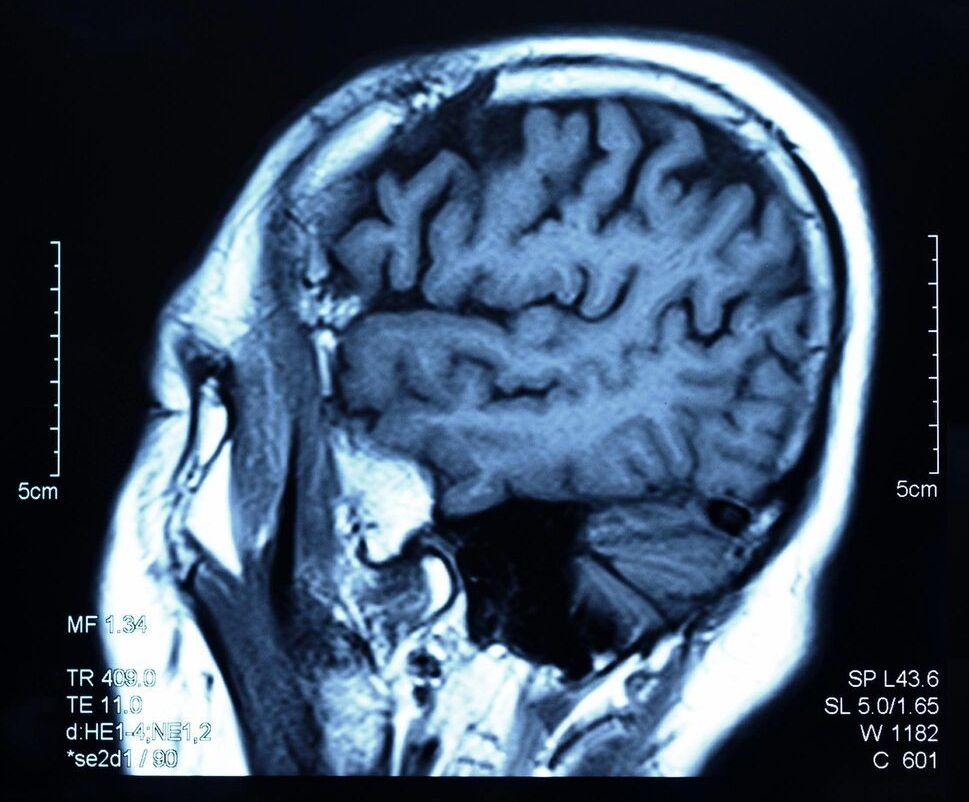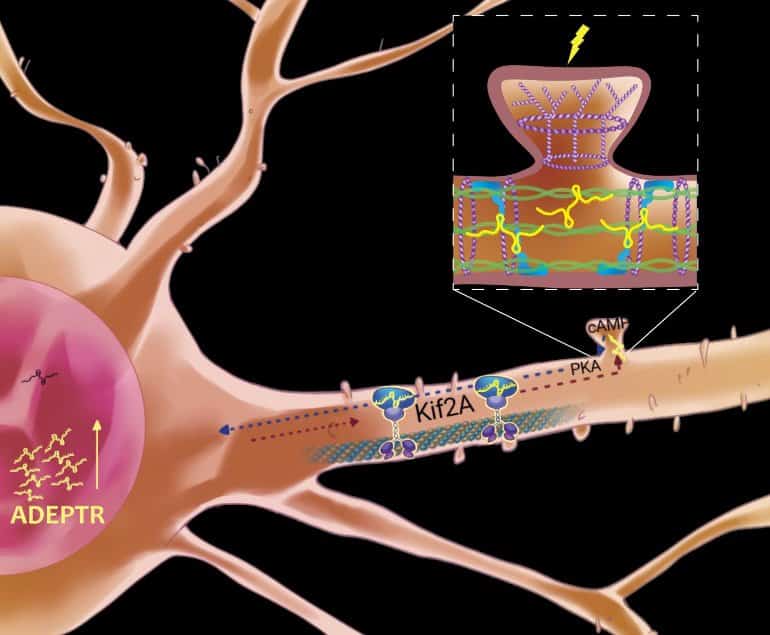An electronic device called the memristor could be our best hope for making practical chips that borrow design points from the human brain.



One in 17 people will suffer from a rare disease at some time in their lives. Most of these rare diseases have a genetic cause and often affect children, but proving which gene change causes a disease is a huge challenge.
Scientists have discovered a new genetic disease, which causes some children’s brains to develop abnormally, resulting in delayed intellectual development and often early onset cataracts.
The majority of patients with the condition, which is so new it doesn’t have a name yet, were also microcephalic, a birth defect where a baby’s head is smaller than expected when compared to babies of the same sex and age.
Researchers from the universities of Portsmouth and Southampton found that changes in a gene called coat protein complex 1 (COPB1) caused this rare genetic disease.
Check now if your. TECH is available! ► https://go.tech/Hacksmith.
Use Code Hacksmith. TECH at Checkout for a special 80% OFF on 1 & 5 Year. TECH Domains!
Checkout the circuit diagram on Maker. IO ► https://www.digikey.com/en/maker/projects/the-hacksmith-crys…4695ab007b.
Become a Hacksmith member get exclusive perks! ► https://www.youtube.com/channel/UCjgpFI5dU-D1-kh9H1muoxQ/join.
►Early video access.
►Project design files (solidworks)
►Merch Discounts.
►Collaborate with us on our videos.
Chapters:
0:00 Teaser.
0:16 Quick Sponsor Message.
0:27 Intro.
1:45 Dr. Charles McMuscle Explainer.
5:27 Sponsor Message.
6:12 Body Design.
6:45 Plasma Cutting Body.
7:11 Brain Design.
8:36 Main body Build.
9:32 Final Assembly.
11:56 The Test!
16:56 Project Debrief.
20:05 Outro.
SOCIAL
Website ► http://www.hacksmith.tech.
Facebook ► http://www.facebook.com/thehacksmith.
Instagram ► http://www.instagram.com/thehacksmith.
Twitter ► http://twitter.com/thehacksmith.
Patreon ► http://www.patreon.com/thehacksmith.
Discord ► https://discordapp.com/invite/thehacksmith.
Merch ► https://www.hacksmith.store.
SOFTWARE:

Summary: Boosting the expression of the ABCC1 gene may not only reduce amyloid plaques in the brain, it might also delay the onset of Alzheimer’s disease.
Source: TGen.
Findings of a study by the Translational Genomics Research Institute (TGen), an affiliate of City of Hope, suggest that increasing expression of a gene known as ABCC1 could not only reduce the deposition of a hard plaque in the brain that leads to Alzheimer’s disease, but might also prevent or delay this memory-robbing disease from developing.

In a research paper published in Nature Aging, the team reports using a novel approach to provide the first data-driven classification of multiple diseases obtained using human genetic and medical data freely available from the UK Biobank.
Co-author Professor Linda Partridge (UCL Institute of Health Aging and Max Planck Institute for Biology of Aging) said: Advancing age is the main risk for major diseases, including cancer, dementia, and cardiovascular disease. Understanding the molecular links between the aging process and age-related diseases could allow them to be targeted with drugs to improve late-life health.
The striking finding from the study was that diseases with a similar age of onset were genetically more similar to each other than they were to diseases in the other three clusters.
Papers referenced in the video:
Dietary Thiols: A Potential Supporting Strategy against Oxidative Stress in Heart Failure and Muscular Damage during Sports Activity:
https://www.ncbi.nlm.nih.gov/pmc/articles/PMC7765667/
Ergothioneine levels in an elderly population decrease with age and incidence of cognitive decline; a risk factor for neurodegeneration?
https://pubmed.ncbi.nlm.nih.gov/27444382/
Is ergothioneine a ‘longevity vitamin’ limited in the American diet?
https://www.ncbi.nlm.nih.gov/pmc/articles/PMC7681161/
Frailty markers comprise blood metabolites involved in antioxidation, cognition, and mobility:
https://pubmed.ncbi.nlm.nih.gov/32295884/
Ergothioneine is associated with reduced mortality and decreased risk of cardiovascular disease:

New research reveals how cancer cells endure stress and survive. Publishing in Molecular Cell, an international research team identified mechanisms that human and mouse cells use to survive heat shock and resume their original function – and even pass the memory of the experience of stress down to their daughter cells.
Lead author Anniina Vihervaara, Assistant Professor in Gene Technology at KTH Royal Institute of Technology, says the results provide insight into the mechanisms that coordinate transcription in cells, which potentially could make a vital contribution in disease research.
The researchers examined how embryonic fibroblast cells and cancer cells responded when subjected to heat shock at a temperature of 42C, using advanced technology to monitor the process of transcription across genes and their regulatory regions. Heat shock causes acute proteotoxic stress due to misfolding and aggregation of proteins. To adjust and maintain stability, stressed cells reduce protein synthesis and increase expression of chaperones that help other proteins to maintain their correct configuration. The heat shock response and protein misfolding are involved in many diseases, including cancer, Huntington’s and Alzheimer’s.

Summary: Study sheds new light on the role noncoded RNAs play at the synapse.
Source: Scripps Research Institute.
Making memories involves more than seeing friends or taking photos. The brain constantly adapts to new information and stores memories by building connections among neurons, called synapses. How neurons do this–reaching out arm-like dendrites to communicate with other neurons–requires a ballet of genes, signaling molecules, cellular scaffolding and protein-building machinery.

Summary: Study reveals there are differences in genes and the genetic burdens that underpin ASD between males and females. Researchers also found specific differences in the ways the brains of girls on the autism spectrum respond to different social cues.
Source: University of Virginia.
New research has shed light on how autism-spectrum disorder (ASD) manifests in the brains of girls, prompting the scientists to warn that conclusions drawn from studies conducted primarily in boys should not be assumed to hold true for girls.
